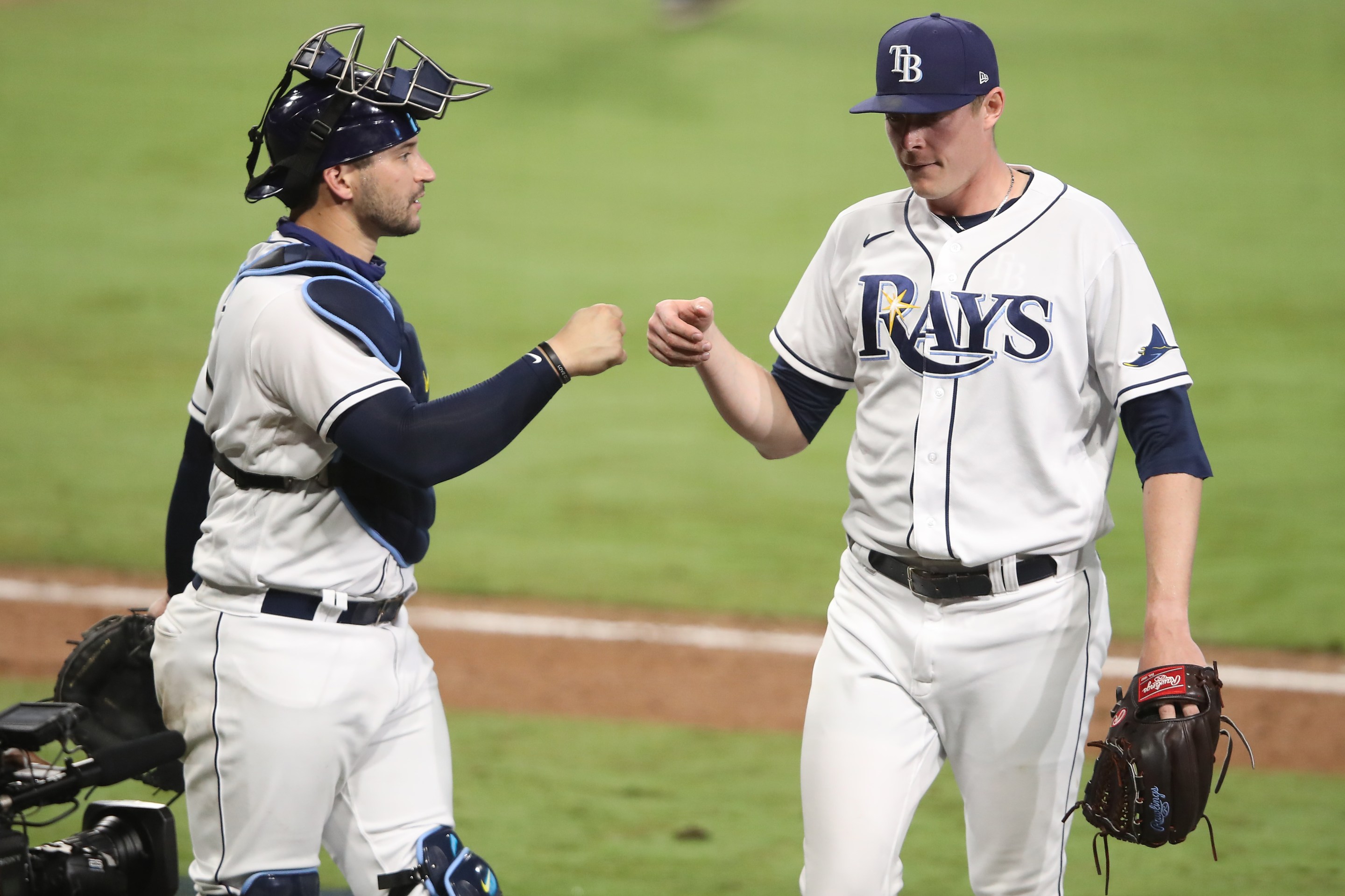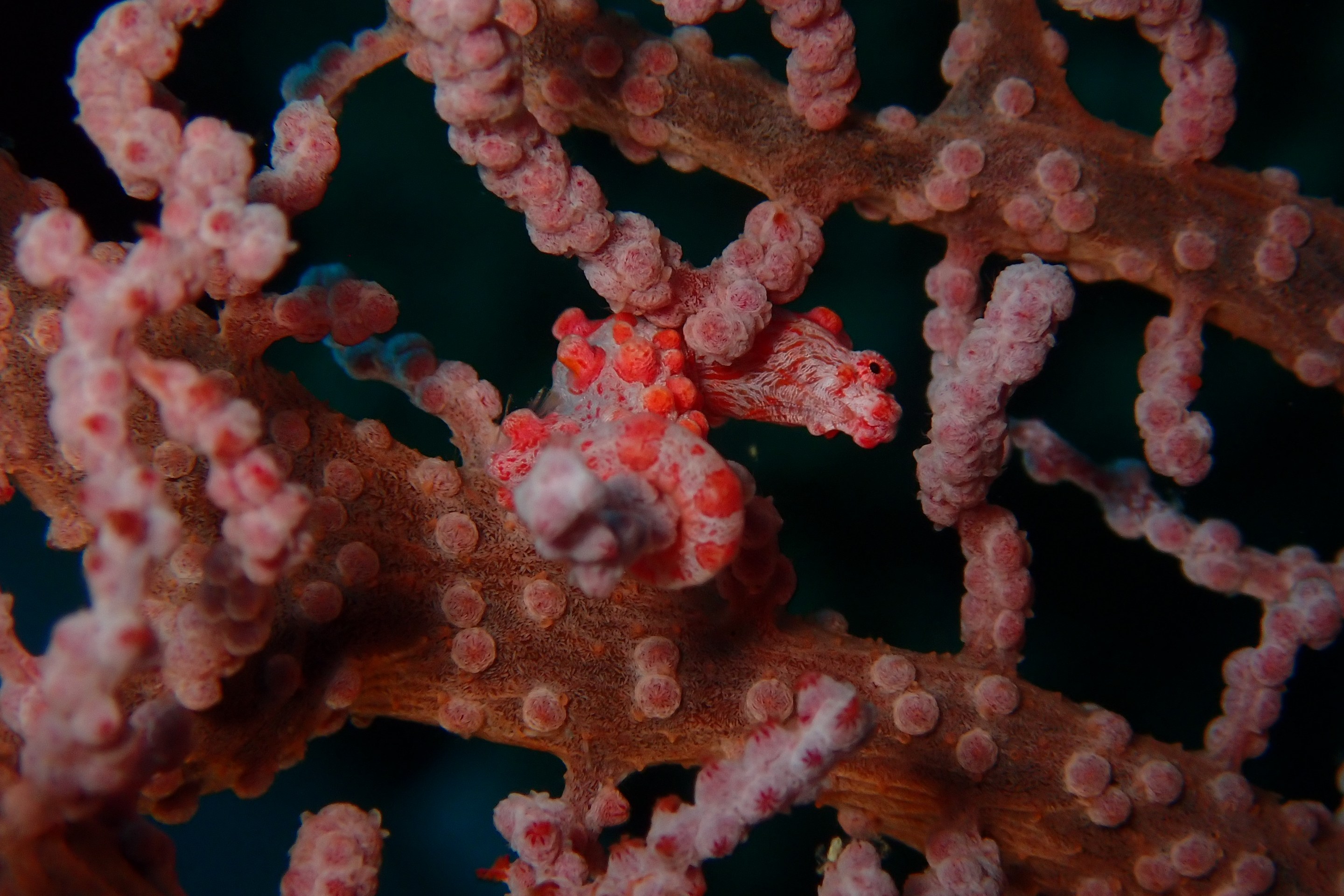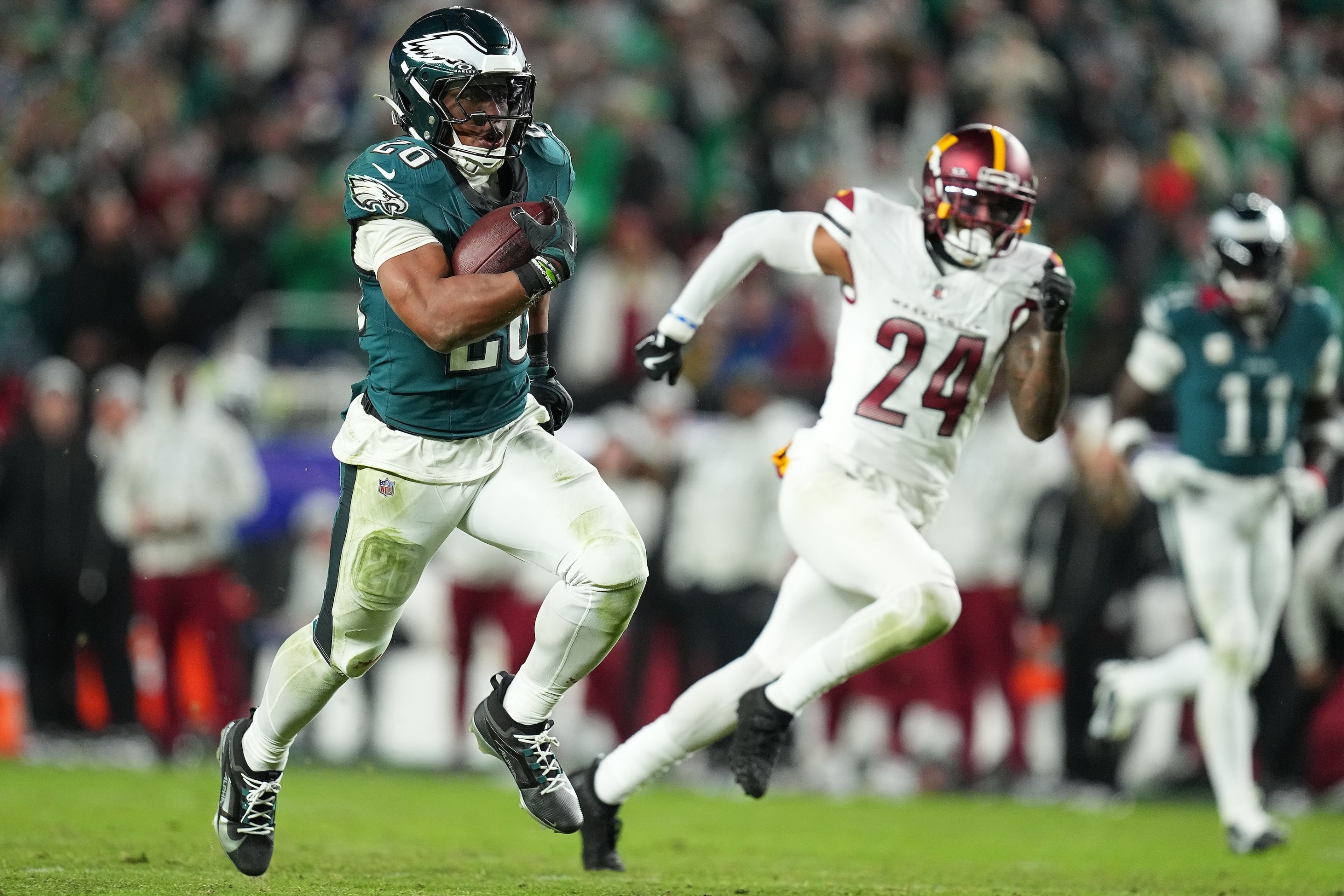Aaron Loup had a good run at the very beginning of his career. That was with Toronto, the team that made him a ninth-round draft pick, and he excelled for a while as a sidearming lefty reliever who was not quite a specialist. He didn't strike a ton of batters out, but didn't walk many either, with the exception of two non-consecutive seasons in which he suddenly and abruptly did. After the first of those, Loup appeared to lose his job in the big-league bullpen before regaining it. During the season after the second, the Jays traded him to Philadelphia. The metrics that measure pitching success beyond and beneath the noise of variance and batted-ball luck suggest that Loup had always been pretty much the same guy in all of those seasons, although the squalls of flukery and randomness that afflict everyone in his line of work were sometimes much kinder to him than others. What is being described in this paragraph is "a Major League relief pitcher."
Loup signed a one-year, $1.65 million deal with the Tampa Bay Rays before this season after missing nearly all of last year with an injury, which made the 32-year-old the best-paid piece in Tampa's bullpen. He was not one of the 12 different Rays relievers to record a save for the team this year, which matched a big-league record over just 60 games. This was nothing against his performance, as Loup was once again his competent self and a vital part of the bullpen that is itself perhaps the most vital dimension of the American League champions. The other salient point is that Loup doesn't walk anybody now.
If you inferred as much from the fact that Loup signed with the Rays, or further inferred that he was a notable tick better in his first season with the Rays than he'd been since the end of that early-career renaissance, you would not be inferring too much. Of all the things that the Rays do well as an organization, the most opaque and outwardly dullest and also in aggregate the most useful is this—they spot players that other organizations miss, and then they make those players better. Aaron Loup is not the best or most important pitcher in Tampa's bullpen. He doesn't have to be. No one does. That's the point.
A big part of how and why the Rays came to adopt this approach is their owner not wanting to spend much of his money on paying baseball players. But where his organization has spent his money, on scouts and analysts and coaches and so on, has made the team what it is. There are many better pitchers than Aaron Loup in baseball, but most of them either cost much more to sign or are much less freely available because other teams already know what they're worth. The Rays' whole gambit comes down to knowing not just more about these players than anyone else, but knowing other teams' farm systems better than those teams do. Loup-grade pitchers that other teams have and don't value correctly are more valuable to a team like the Rays than the ones that can be purchased or acquired at full price.
This is how the Rays build and regularly rebuild their roster, by betting that they better understand the players they acquire than their previous employers and then working to make that assessment correct and then doing it all again. How exciting or admirable this is to you will naturally depend on what you find exciting or admirable. Rays fans have generally made out pretty well in this deal in terms of getting good teams to watch, but no one would blame them if they hesitated before pulling the trigger on purchasing a shirtsey that's destined to be a faintly melancholy antique in a year or two.
The team that this process has created is funky and fascinating and will have wildly overperformed even if it doesn't win a World Series game. Take the bullpen, again. FanGraphs' ZiPS preseason projections had 36 pitchers in the Rays' system projected to be at least replacement level this year, which is one fewer than the Yankees and four more than the Athletics and two more than the Astros. Over the course of this short and stilted season the Rays' bullpen was better than all of those, and was third-best in the bigs in ERA, sixth-best in strikeouts, seventh-best in FIP. Those 12 Rays relievers combined for 23 saves, which was three more than any other team managed.
That bullpen does not have many recognizable names in it; indie-league find Nick Anderson, the team's most electric reliever over the last two years, is still a few years away from being the foremost Nick Anderson in recent Florida sports memory. While the team developed a few of its better relievers in its farm system, most of the others were plucked off the curb. John Curtiss couldn't find a spot in three of the worst bullpens in the game; Ryan Thompson was selected in the minor league phase of the Rule 5 draft. Who these pitchers are is less important, in this case, than how readily available they were. Any team could have had them, but only the Rays were able to make them useful big league pieces. "It doesn’t matter that it’s ephemeral," Ginny Searle wrote at Baseball Prospectus, "that whoever the Rays are next year the bullpen will almost certainly be remade." Again, that's the point.
There is something surprising and fun about watching a roster constructed almost entirely out of the sort of imperfect or remaindered or apparently unidimensional players that tend to come most cheaply in the sport somehow becoming a unit this seamless and protean and good. There is never anything fun, exactly, about front office arbitrage, but the Rays wear that virtuosity a lot more lightly than Jeff Luhnow's scowling McKinseyfied Astros did. It all serves the same dull and value-neutral executive end, which is maximum production with minimum commitment, but the hunches and tweaks and deft deals that built the Rays all at least feel notably more like Baseball Stuff than some fleece-vested quant blankly espousing the power of big data. “We think what we’re doing is maximizing our roster and doing everything we can to make the best decisions to put the players in the right spots to succeed and ultimately win as many games as possible,” Rays manager Kevin Cash said earlier this week. “There’s not much odd about that.”
Cash is clearly right in saying that the Rays are doing what every smart team tries to do, and what all good teams must do; the ability to mix and shuffle and shift players and roles around as needed also seems especially valuable during a postseason that has been played at a headlong, exhausting sprint. A team like the Dodgers might pay for higher-priced stars in a way that the Rays can't or won't, but their roster—like every other good big league roster—comprises various small evaluative victories. Justin Turner and Max Muncy were waiver claims; Tony Gonsolin, one of the team's best pitchers this year, was a ninth-round pick who signed a four-figure signing bonus after a four-year college career; the club bought Cody Bellinger and Dustin May out of their college commitments for the Loup-ian sum of $1.7 million in combined draft bonuses, and both will now be underpaid through their early primes as big league stars. The Dodgers are also paying Mookie Betts and Clayton Kershaw like the Hall of Famers they will someday be, which is no less smart of them. The little successes make the big ones easier to afford. This is the crucial difference between how these two organizations work, and it's all right there to see on the field.
The Dodgers and Rays are both extremely good baseball organizations, but not nearly as different as their payrolls and lineups would make them appear. In this moment, most good baseball organizations are good in something like the same ways, or at least understand and approach the challenge of being a good organization in similar ways. The Dodgers are willing to use the depth their scouting and savvy arbitrage has afforded them to acquire stars, and to use their owners' money to keep those stars in the organization. The Rays, for their part, mostly just do the scouting and savvy arbitrage thing over and over again.
There are any number of ways to feel about this, all of them valid. It doesn't make the fact that the Rays are where they are now—down a game in the World Series, bruised and maybe a little overawed against a juggernaut of a Dodgers team but definitionally still very much in it—any less singular, or impressive. There is something admirable in how thoroughly the Rays have maxed out some of the most difficult parts of the sport, and how much they have gotten out of players that other organizations deemed used-up or useless, and there's real delight to be found in watching those players giddily dancing out past what were supposed to be the outer boundaries of their talent. It's a lot, which is not quite the same thing as saying that it will be enough.





